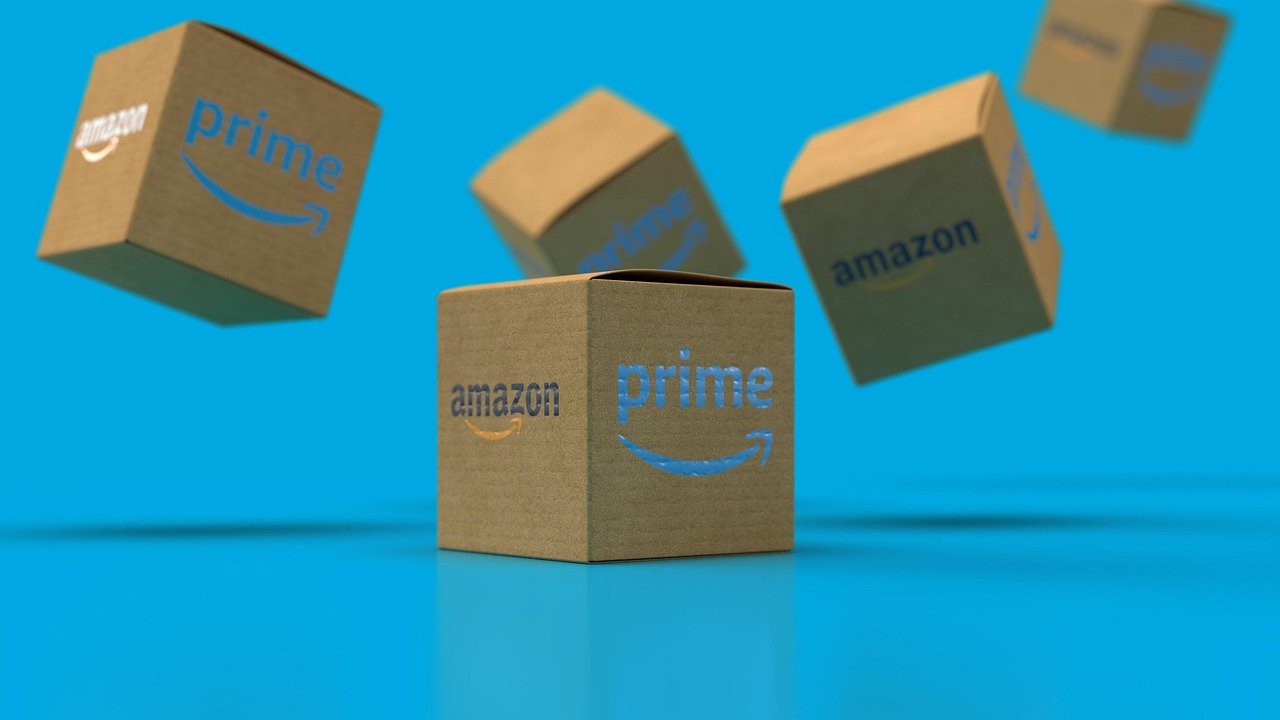The ecommerce landscape is in constant flux, driven by evolving consumer behaviors, technological advancements, and shifts in the global market. Staying ahead requires businesses to anticipate and adapt to the latest trends. This blog post dives into the most significant ecommerce trends shaping the future of online retail, providing insights and actionable strategies for success.
Personalized Shopping Experiences
The Power of Personalization
Personalization is no longer a luxury; it’s an expectation. Customers crave experiences tailored to their individual needs and preferences. Generic marketing and product recommendations simply don’t cut it anymore.
- Benefits of Personalization:
Increased conversion rates
Higher customer lifetime value
Improved customer satisfaction
Reduced cart abandonment rates
Implementing Personalization Strategies
Several strategies can be employed to create personalized shopping experiences:
- Data Collection and Analysis: Gather customer data through various sources, including browsing history, purchase history, demographics, and feedback surveys. Analyze this data to understand customer preferences and behaviors.
Example: Use website analytics to identify popular product categories among different customer segments.
- Personalized Product Recommendations: Offer product suggestions based on past purchases, browsing history, and items viewed.
Example: “Customers who bought this item also bought…” or “You might also like…” recommendations. Platforms like Nosto and Dynamic Yield specialize in this.
- Personalized Content and Offers: Tailor marketing messages, promotions, and website content to individual customers.
Example: Send personalized email newsletters with product recommendations and exclusive discounts based on past purchases.
- Dynamic Website Content: Customize website content based on user behavior and preferences.
Example: Display different banners and product highlights based on a user’s location or browsing history.
Actionable Takeaway
Implement a customer data platform (CDP) to centralize customer data and gain a comprehensive view of your audience. Use this data to personalize product recommendations, marketing messages, and website content.
Mobile Commerce Dominance
Mobile-First Approach
Mobile commerce (m-commerce) continues its rapid growth, with smartphones becoming the primary device for online shopping. Ignoring mobile users means missing out on a huge segment of the market. In fact, recent statistics show that mobile commerce accounts for over 50% of all online sales.
- Key Considerations for Mobile Commerce:
Mobile-friendly website design (responsive design)
Optimized product pages for mobile devices
Simplified checkout process
Mobile payment options (e.g., Apple Pay, Google Pay)
Mobile-specific marketing campaigns
Optimizing the Mobile Shopping Experience
Creating a seamless mobile shopping experience is crucial for driving conversions:
- Fast Loading Speeds: Optimize images and code to ensure fast page loading times. Mobile users are less patient and more likely to abandon a slow-loading website.
- Easy Navigation: Design a clear and intuitive navigation menu that is easy to use on small screens. Use a hamburger menu to conserve space.
- Mobile-Friendly Search: Implement a powerful search function that allows users to easily find products on their mobile devices.
- One-Click Checkout: Offer one-click checkout options to streamline the purchasing process.
- Push Notifications: Use push notifications to engage mobile users with personalized messages and promotions (with appropriate consent, of course).
Actionable Takeaway
Prioritize mobile optimization for your ecommerce website. Conduct mobile usability testing to identify areas for improvement. Invest in mobile-specific marketing campaigns to drive traffic and conversions.
The Rise of Social Commerce
Integrating Shopping with Social Media
Social commerce, the practice of selling products directly through social media platforms, is gaining immense traction. Platforms like Instagram, Facebook, and TikTok are becoming increasingly important for driving sales and brand awareness.
- Benefits of Social Commerce:
Increased brand visibility
Direct access to target audiences
Seamless shopping experience within social media platforms
Enhanced customer engagement
Strategies for Social Commerce Success
To effectively leverage social commerce, consider the following strategies:
- Shoppable Posts: Use shoppable posts on Instagram and Facebook to allow users to purchase products directly from their feeds.
- Social Media Ads: Run targeted social media ads that promote products and drive traffic to your online store.
- Influencer Marketing: Partner with influencers to promote your products and reach a wider audience.
- Live Shopping Events: Host live shopping events on platforms like Facebook Live and Instagram Live to engage with customers in real-time and drive sales.
- User-Generated Content: Encourage customers to share photos and videos of your products on social media.
Actionable Takeaway
Integrate social commerce into your ecommerce strategy. Experiment with different social media platforms and advertising formats to find what works best for your brand. Engage with your audience on social media to build relationships and drive sales.
Sustainability and Ethical Consumerism
Eco-Conscious Consumers
Consumers are increasingly concerned about the environmental and social impact of their purchases. Brands that prioritize sustainability and ethical practices are gaining a competitive advantage.
- Key Aspects of Sustainability in Ecommerce:
Eco-friendly packaging
Sustainable sourcing of materials
Reduced carbon footprint in shipping and logistics
Ethical labor practices
Transparency about supply chain
Meeting the Demand for Sustainable Products
To appeal to eco-conscious consumers, consider the following:
- Offer Sustainable Product Options: Introduce products made from recycled materials, organic materials, or sustainably sourced materials.
- Eco-Friendly Packaging: Use recyclable, biodegradable, or compostable packaging materials.
- Carbon-Neutral Shipping: Partner with shipping providers that offer carbon-neutral shipping options.
- Transparency and Communication: Clearly communicate your sustainability efforts and ethical practices to customers.
- Support Sustainable Initiatives: Donate to environmental organizations or participate in sustainable initiatives.
Actionable Takeaway
Assess your current sustainability practices and identify areas for improvement. Communicate your sustainability efforts to customers through your website, social media, and marketing materials. Highlight the eco-friendly features and benefits of your products.
The Metaverse and Immersive Shopping Experiences
Exploring New Frontiers in Ecommerce
The metaverse is rapidly evolving, offering new and exciting possibilities for ecommerce. While still in its early stages, the metaverse has the potential to revolutionize the way people shop online.
- Potential Applications of the Metaverse in Ecommerce:
Virtual stores and showrooms
Immersive product experiences
Virtual try-on tools
Personalized shopping assistants
* Gamified shopping experiences
Getting Started with Metaverse Ecommerce
While widespread adoption may still be a few years away, now is the time to start exploring the potential of metaverse ecommerce:
- Experiment with Virtual Reality (VR) and Augmented Reality (AR) Technologies: Offer virtual try-on tools or create virtual product demos.
- Explore Metaverse Platforms: Research different metaverse platforms and identify opportunities to showcase your products or services.
- Partner with Metaverse Developers: Collaborate with metaverse developers to create immersive shopping experiences.
- Focus on Brand Building: Use the metaverse to build brand awareness and engage with potential customers.
Actionable Takeaway
Stay informed about the latest developments in the metaverse and explore potential applications for your ecommerce business. Start experimenting with VR and AR technologies to enhance the customer experience. Don’t be afraid to be an early adopter and position your brand at the forefront of this emerging trend.
Conclusion
The ecommerce landscape is constantly evolving, presenting both challenges and opportunities for businesses. By understanding and adapting to these key trends – personalized shopping experiences, mobile commerce dominance, the rise of social commerce, sustainability and ethical consumerism, and the metaverse – businesses can stay ahead of the competition and create thriving online stores. Embracing innovation and prioritizing the customer experience will be crucial for long-term success in the ever-changing world of ecommerce.



